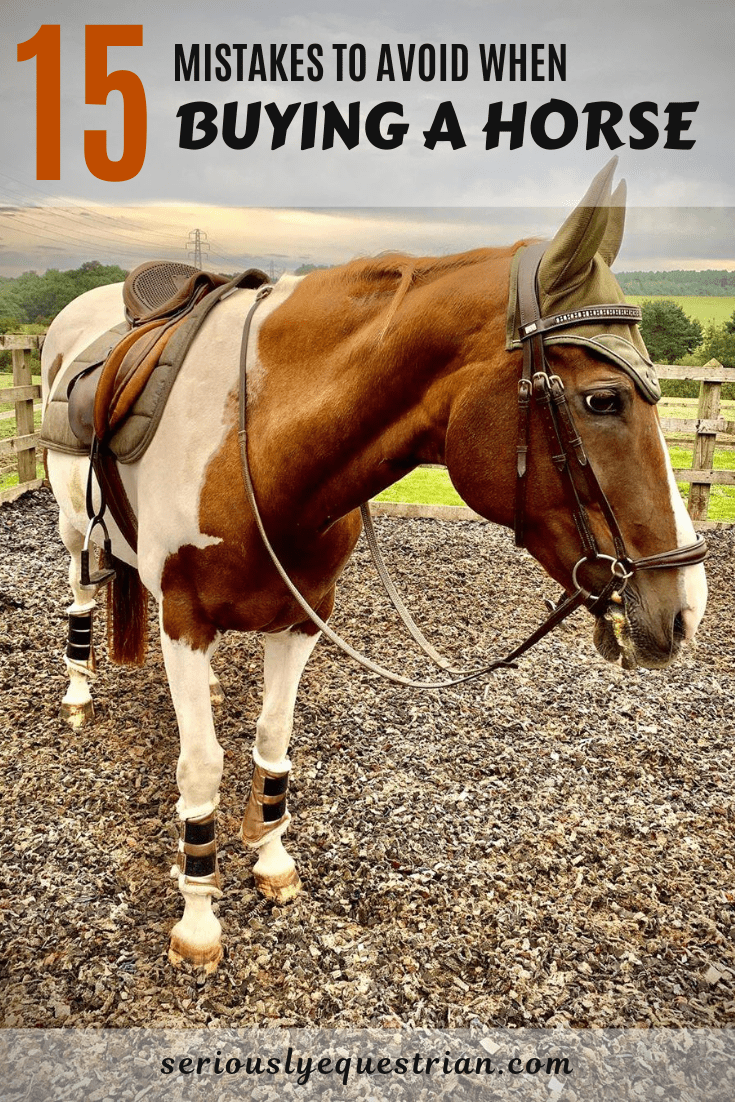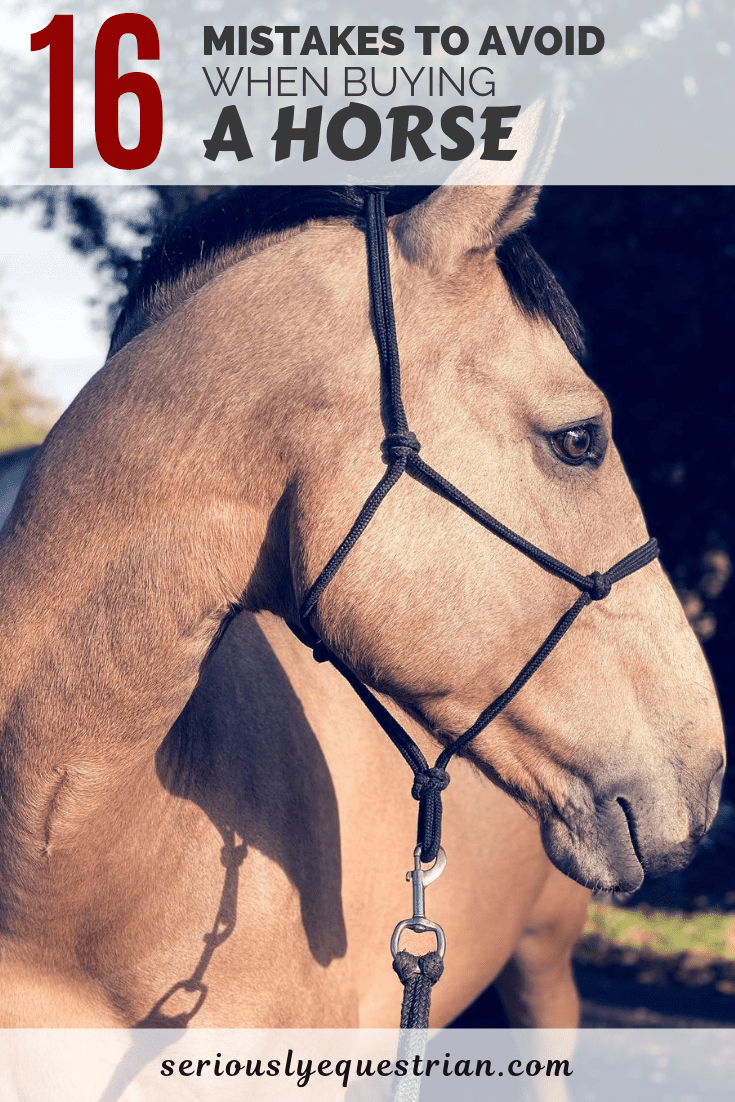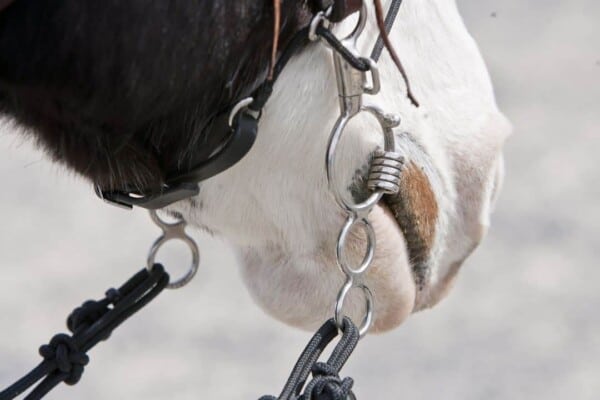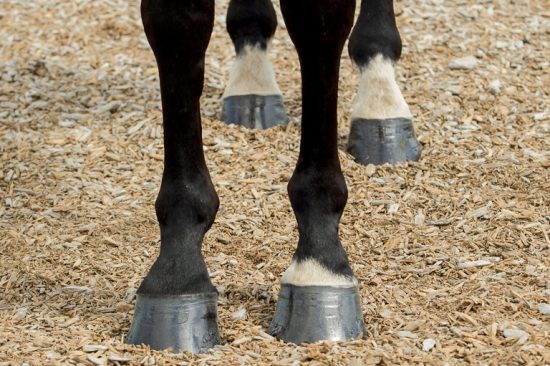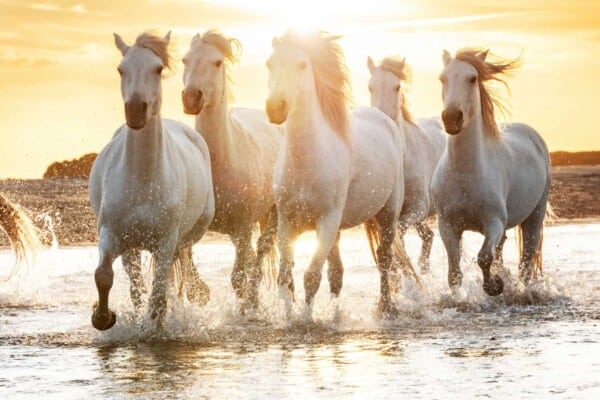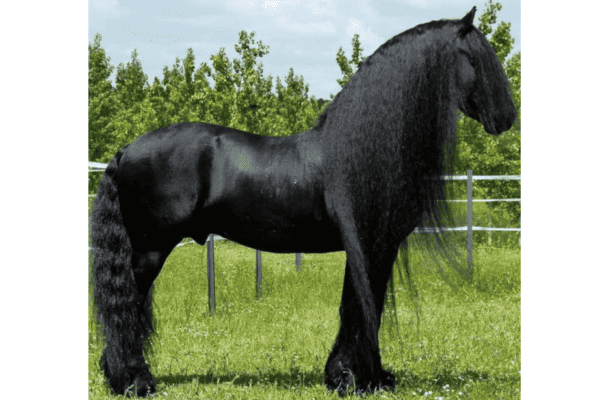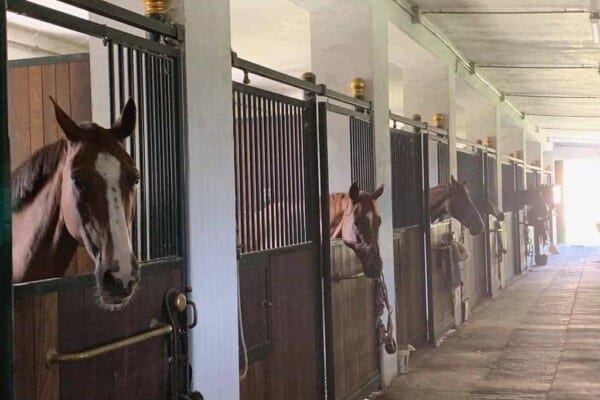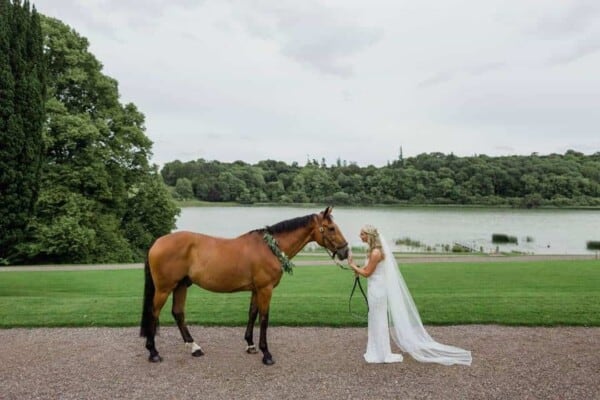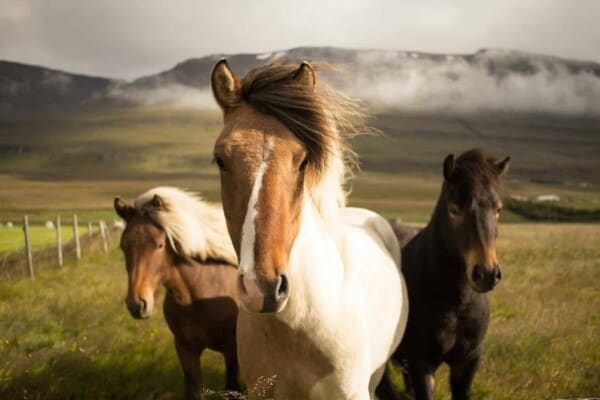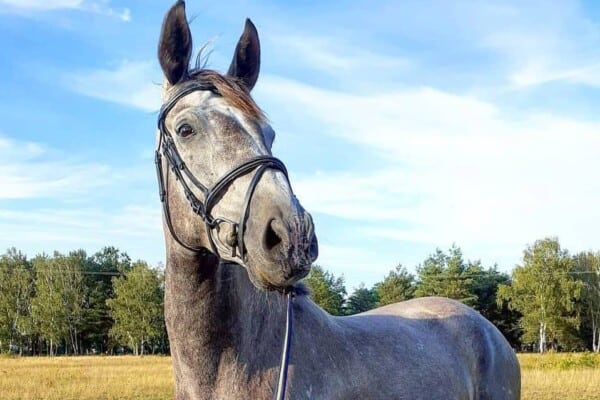Buying horses can be as perilous as buying second-hand cars; if you buy privately, then generally there is not much legal protection although this can be improved if you buy from a dealer. There are many pitfalls which a first-time horse owner should avoid but before you even start to think about where or what you should buy, you need to take a long, hard look at reality.
Horses are 24/7 and 365 days a year. Ask yourself, do you have the time? Horses are also a huge cost, buying a horse is the cheap bit, the running costs – feed, vets bills, shoeing, tack, transport, livery – will cost many many more times what you pay for the horse. Can you afford it? What are your longer term plans? A ten-year-old horse could live for another fifteen or twenty years, if your life direction changes, what then? Some people don’t realize just how much of a commitment a horse can be in terms of time, energy and resources. Ask yourself would you be better off looking to lease a horse. Sometimes sharing a horse with another rider can be a good and more phased way to introduce yourself to the world of horse ownership and management.
If you are certain that horse ownership is for you then read through these 15 mistakes all first-time horse owners should avoid.
Mistakes when Setting the parameters
- Avoid buying young, inexperienced or green horses, this will usually mean anything under six years old. Young horses are unreliable and unpredictable and are really only suitable for experienced riders or professionals
- Don’t buy a horse which is too big, often a vanity issue similar to some people who like having a large dog. Over- horsing yourself can turn out to be a very unpleasant and frightening experience
- Look for a schoolmaster which has done all the things you are going to do and has a safe and steady temperament, don’t buy something which is too well-bred or sharp just because it looks nice or is a striking color
- Find out as much as possible about the horse before you go and see it. Go through a checklist by phone or email before you arrange a viewing, have a list of questions to ask about the horse which will include things like does the horse buck or rear, what is the horse like in traffic, does he travel well etc. Most people will include film as part of their horse’s advertisement as it is such an easy thing to do. Try and see a film and ask as many questions as possible about the horse before you decide to go and see it.

Having a clear checklist with your parameters is must. You are significantly more likely to make a mistake if you do not know or not clear about what kind of horse you need and want.
Viewing Horses Common Mistakes
- Set a geographical radius and don’t stray beyond it – many first time buyers fall into the trap of travelling huge distances unnecessarily. Unless you are looking for something very unusual or specific, you shouldn’t have to trek for miles to find a first horse
- Take your riding instructor with you or a very knowledgeable friend, don’t take someone with you who knows about as much as you do
- Ask that the horse be left loose in the stable so that on arrival, you can handle and tack up the horse yourself. Before the horse is ridden, ask for it to be trotted up so your instructor can make a preliminary assessment on the soundness
Common Mistakes when Trying Horses
- Don’t buy a horse because you feel sorry for it, this will always be a purchase you regret and as a first-time horse owner, you may not be in a position to assist that horse anyway
- Ensure there is someone safe to try the horse so find out before you go to view what facilities are available – a large open field is not a suitable location to try an unknown horse
- Always see the horse ridden by the owner first and then by your instructor before you get on, never ride an unknown horse without seeing someone else ride it first
- If you are happy when you try the horse, ask if there is somewhere you can take the horse to ride out in a more open space, it is better to do this with another rider to accompany you if at all possible
- Discuss the horse with your instructor, try not to make snap decisions, it is easy to get carried away! If possible, sleep on it for 24 hours and go back and ride the horse again
Common Mistakes When Buying
- Always have the vet look at the horse and conduct a pre-purchase examination, your insurance company may require it. The vet will check the horse’s eyes and heart as well as soundness and wind, there could be something wrong that is unknown even to the owner
- Tack may be available with the horse either as part of the purchase price or you can buy it for an additional fee. Don’t assume that because the horse is wearing it, it actually fits and don’t end up buying tack which you have to discard because the saddler later tells you that it doesn’t fit. Ask your instructor to assess the tack if it is offered for sale with the horse
- Set aside enough budget over and above the purchase price of the horse for the vet examination, insurance, tack and rugs and the first three months’ livery – there are many costs associated with buying a new horse over and above the budget for the purchase price
Three golden rules to remember
- A good horse is never a bad color
- No foot no horse – the quality and structure of the feet is paramount
- Buyer beware – take as much care as you possibly can as the risk is all yours


